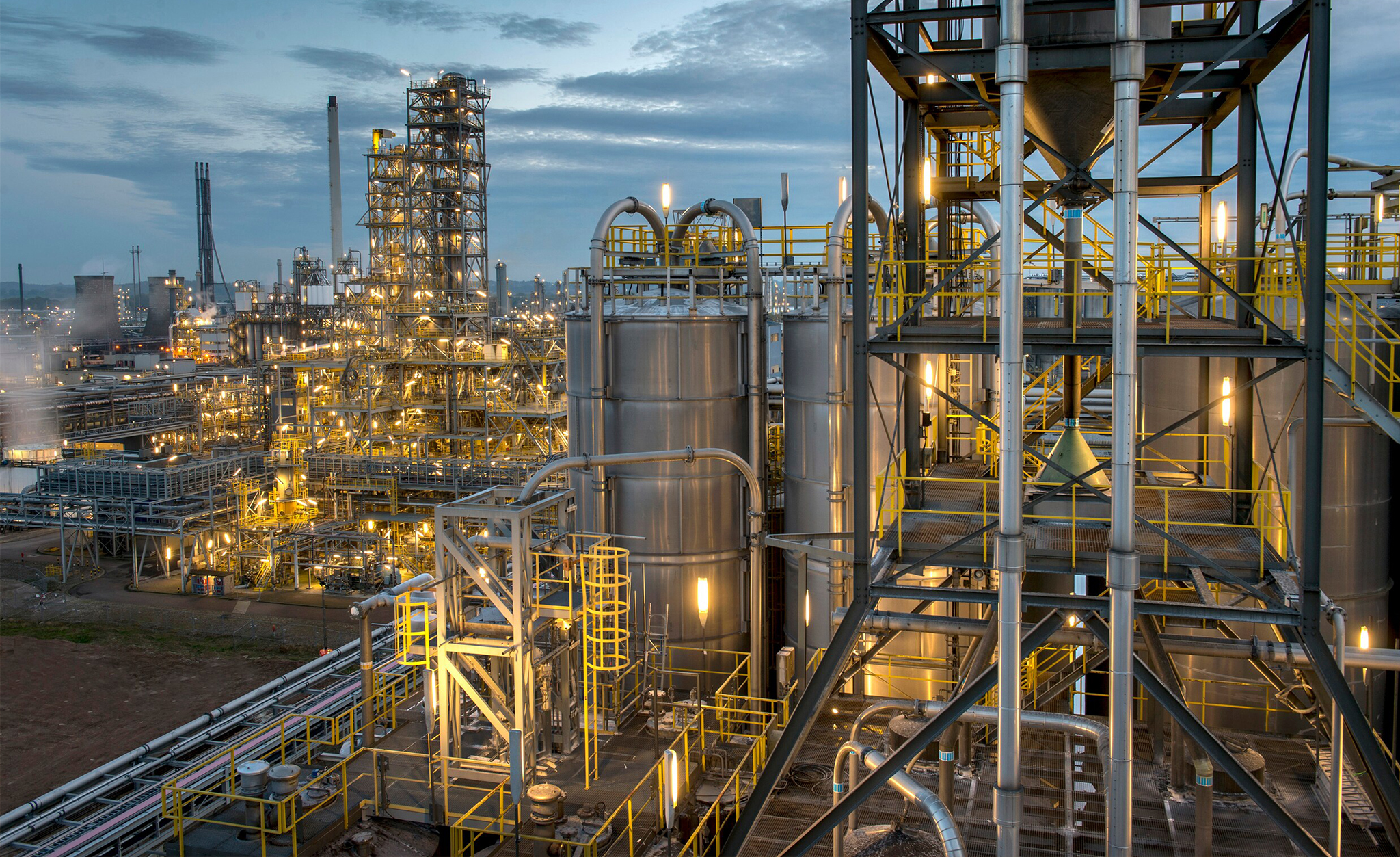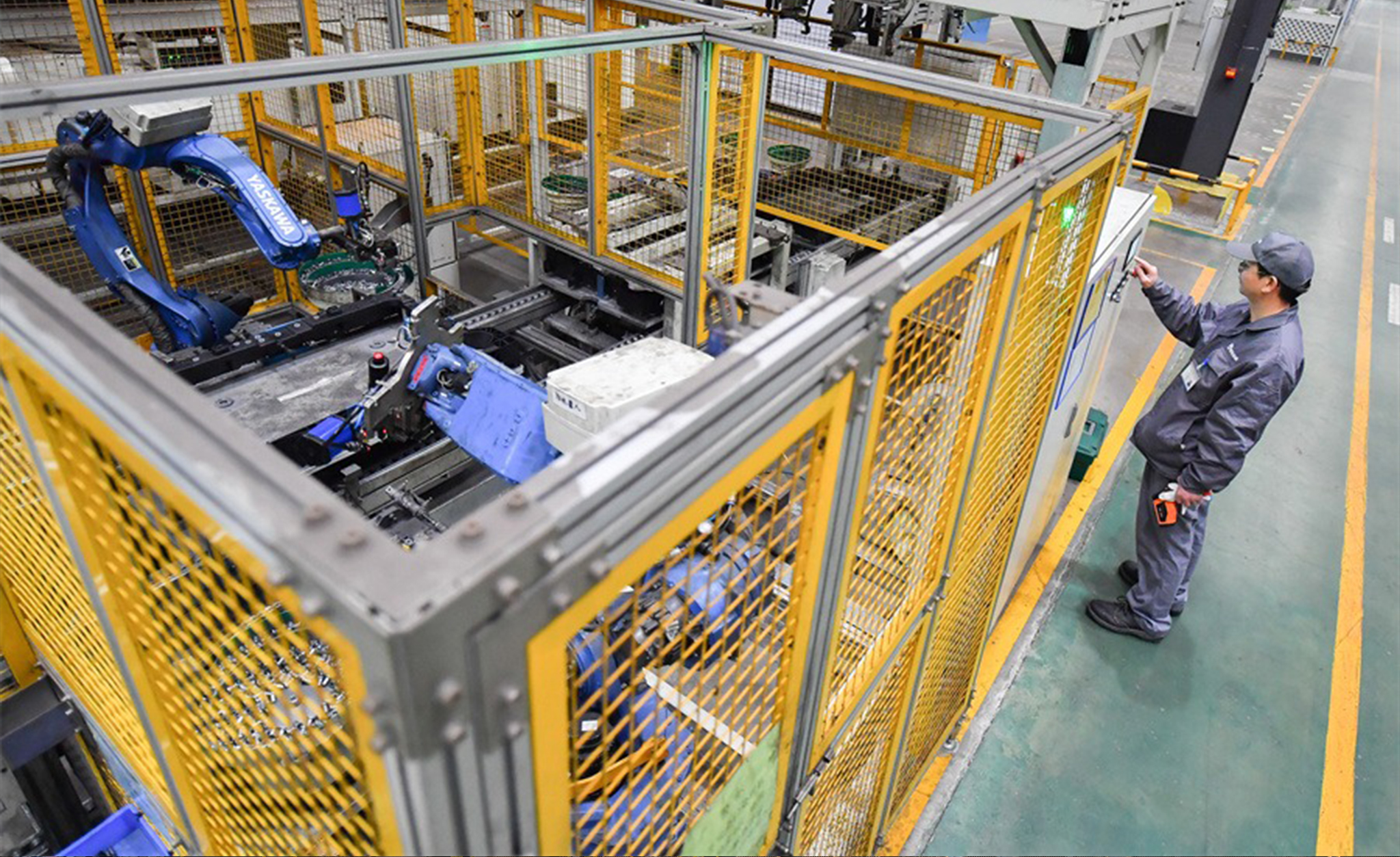Industrial Bias


An alternate industrial fund is just lika a mutual fund (minus the liquidity and other factors) or exchange-traded fund (ETF) that invests primarily in companies from the industrial sector—including:
These funds focus on industries that produce goods used in construction, manufacturing, and infrastructure.
Commercial production generally refers to large-scale manufacturing or production of goods intended for sale in the market. This includes:
Please contact us to learn more about Blumont, our various investment and corporate finance opportunities.